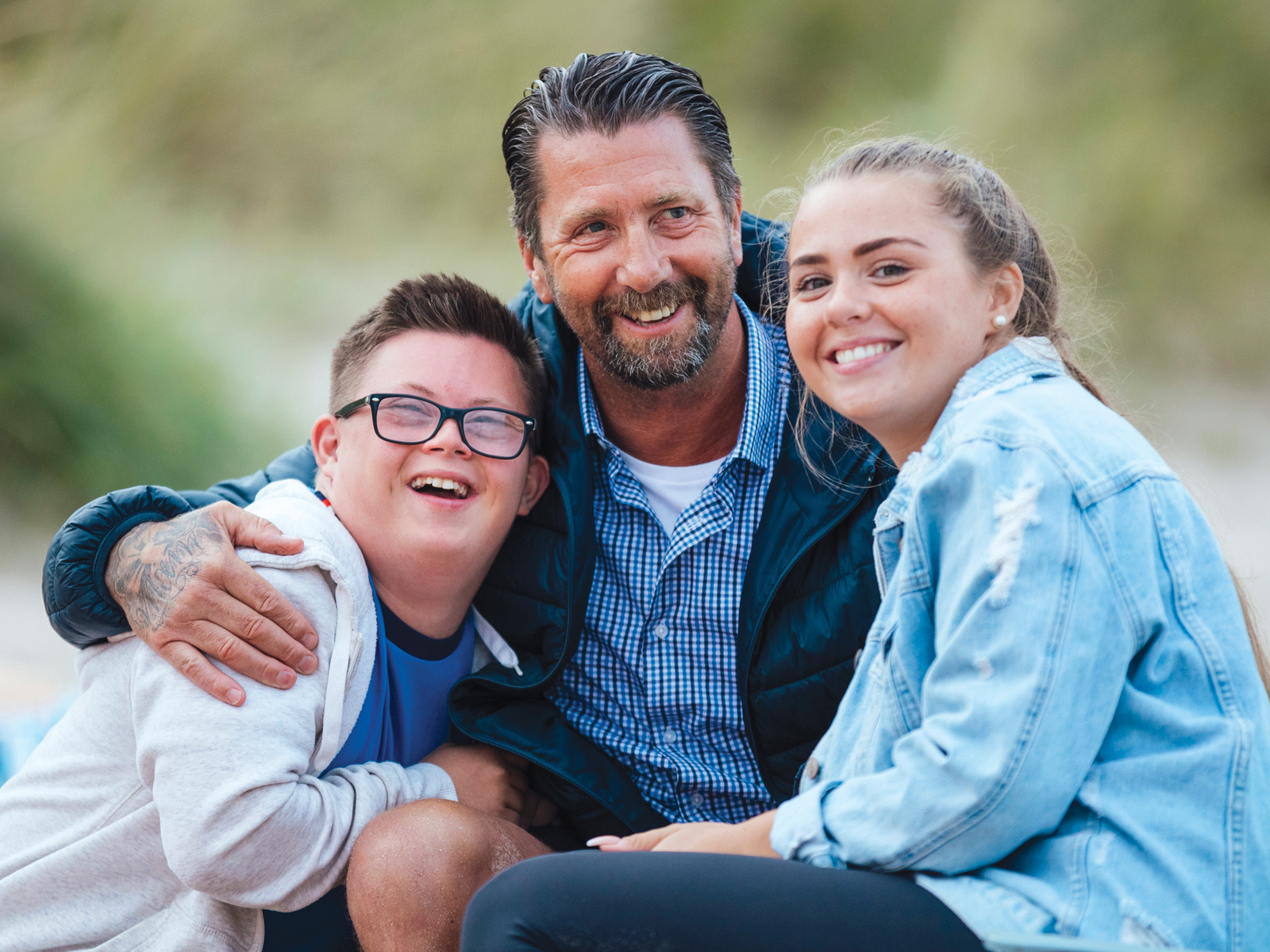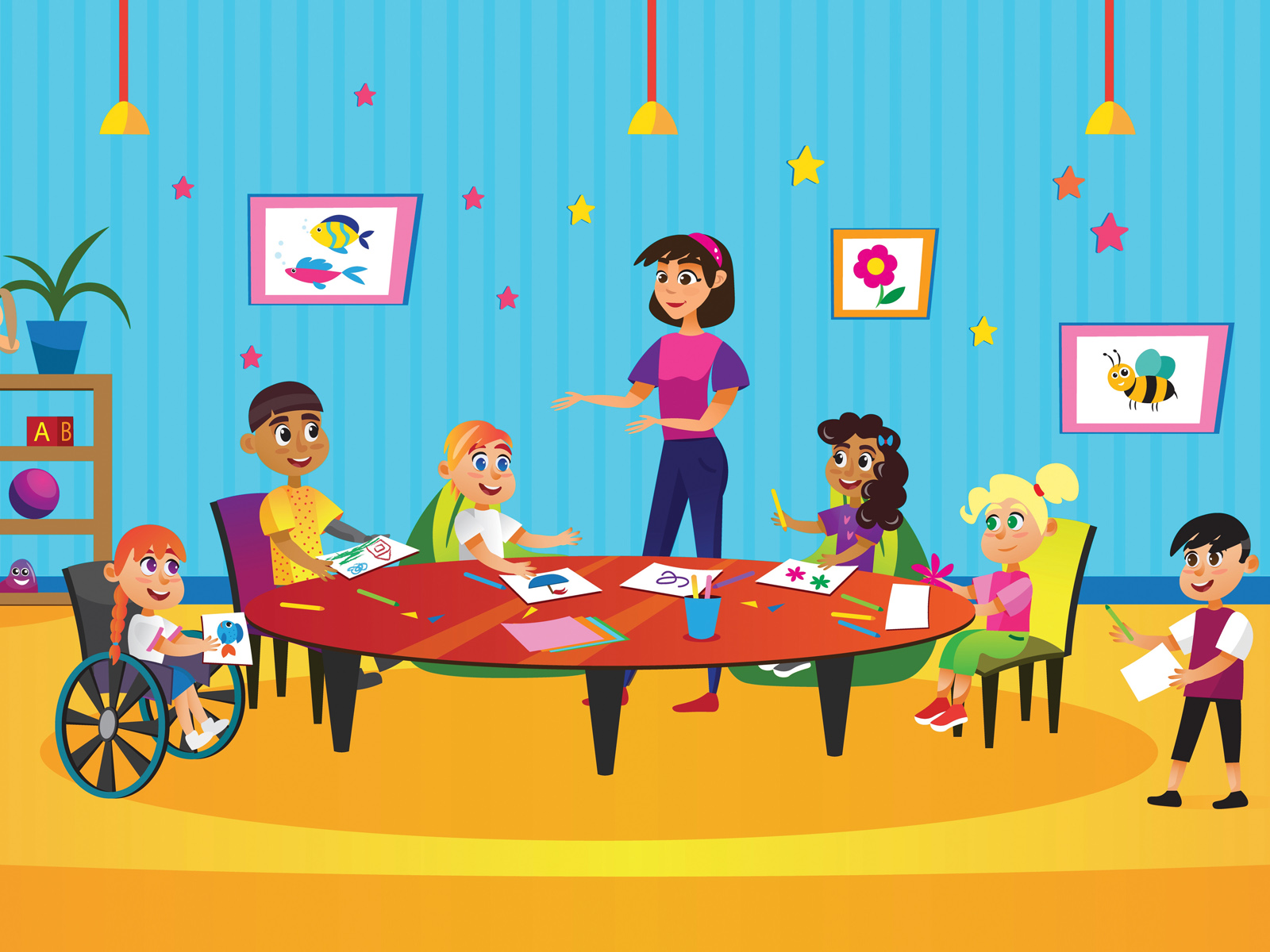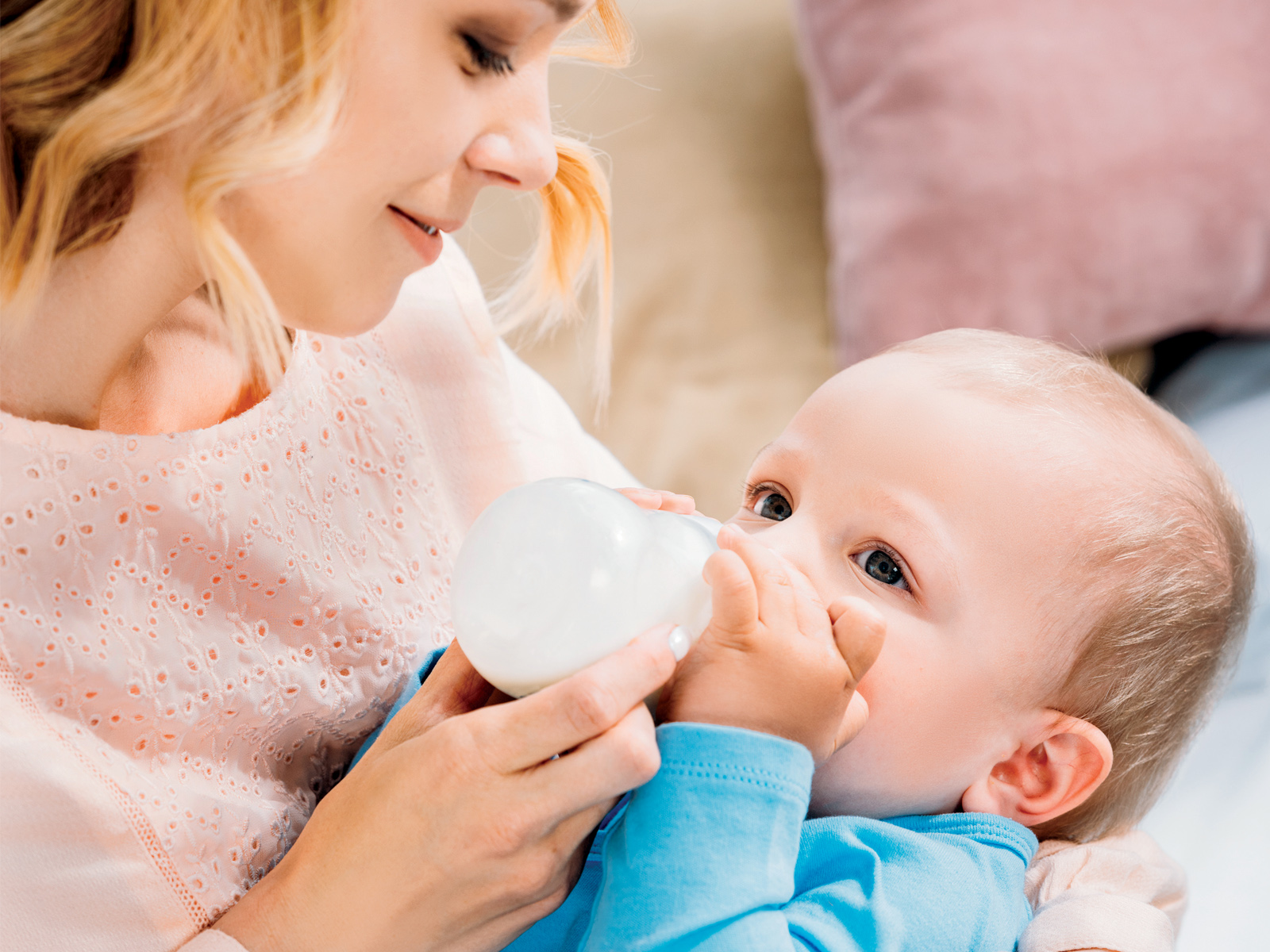This year has been tough on everyone, including our children. Whilst kids and teens are young and resilient, they are often impacted much more by the “energy” in their environment than adults.
This means they pick up on the nonverbal stress levels around them such as parents fighting, a pandemic raging across the globe, lack of physical contact with friends and extended family, etc. Given what we know about childhood depression, our current life’s added “stressors” are placing many children at a higher risk of developing depression than ever before.
So what signs/symptoms should parents be on the lookout for? The DSM-5 (the Diagnostic and Statistical Manual of Mental Disorders) has three distinct diagnostic criteria for children which all fall under the umbrella of depression (Major Depressive Disorder/MDD, Persistent Depressive Disorder/PDD, and the newest one Disruptive Mood Dysregulation Disorder/DMDD).
Depression often looks different in children. The primary difference is the amount of anger and rage a child with depression exhibits versus an adult. Just because a child exhibits anger doesn’t automatically mean they are defiant or simply unruly. Anger is one of the symptoms many children with depression struggle with and one that is the most misunderstood. “My kid is just pissed off and mad…he’s not depressed” is a phrase I hear all too often from parents not wanting to face the music about their child’s emotional well-being.
Symptoms to watch for
Along with anger, below are other symptoms a child or teen with depression may feel or display. Symptoms must be present in two or more settings (home/school/church/etc.) and must persist consistently for a minimum of two weeks to meet criteria of a depressive disorder.
• Feeling sad, hopeless, or irritable a lot of the time.
• Not wanting to do or enjoy doing fun things.
• Social withdrawal.
• Feeling worthless, useless, or guilty.
• Exhibiting self-injury and self-destructive behavior (such as cutting).
• Increased sensitivity to rejection.
• Changes in energy—being tired, sluggish or tense and restless a lot of the time.
• Changes in appetite—increased or decreased.
• Changes in sleep—sleeplessness or excessive sleep.
• Vocal outbursts or crying.
• Trouble concentrating.
• Physical complaints (such as stomachaches, headaches) that don’t respond to treatment.
• Reduced ability to function during events and activities at home or in school, in extracurricular activities or other hobbies and interests, or with friends.
• Thoughts of or talking about death or suicide.

Other Contributing Factors
Several other factors impact the likelihood a child will develop a depressive disorder. They include:
• Children who have negative temperaments.
• Kids who have first-degree family members who have depression.
• Children or teens who have had traumatic childhood experiences.
• Having another major disorder or a chronic or disabling medical condition.
• Having another mental health disorder such as ADHD and/or a learning disability.
Now what should a parent do?
If you think your child may be suffering from depression, your first step is to take a deep breath, and now one more. Remind yourself you are doing your best living through a pandemic and it’s never too late to start getting help.
The next step is to schedule an appointment with your child’s paediatrician or your family doctor. There are a few medical conditions that can mimic the signs of depression (thyroid disorders, anemia, infectious mononucleosis, drug use, etc.). A simple blood test can rule these out.
Once you’ve ruled out a medical condition you should seek an appointment with a child psychologist or therapist. If you have access to creative arts therapists (dance, drama, art and music) USE THEM! Children find it much easier to share their concerns/fears/anxieties through creativity (drawing pictures, acting out scenes in a movie, singing/listening to a song, or dancing) than simply sitting and having a 1:1 chat with someone. Don’t get me wrong, talk therapy works too! Of course, children with mental and/or physical disabilities can also become depressed. While symptoms may be the same, depression may be slightly harder to identify depending on the child’s circumstances. For example, two children on the autistic spectrum present different behavior profiles and have different needs. Hence, the value of parents’ involvement as the experts in their children’s needs during this time.
The wrap-up
If your child seems fine, count your blessings and then be on the lookout for your kid’s friends who may not be doing so well. Check in on parents you know who may be struggling and offer a helping hand. Never before in our lifetime have parents needed a support network more than we do now.
Getting your child help doesn’t mean you are failing as a parent. We all will have times in our lives when we need help with our child(ren). Find a supportive parenting group to be a part of, reach out to family and friends and remember, you are not alone.
Whitney Houston wasn’t wrong when she sang “I believe the children are our future. Teach them well and let them lead the way.” Our children ARE the future citizens and leaders of tomorrow. It’s our job today to help them develop into their best selves. Childhood depression is a treatable condition, not a life sentence.
Dr. Bethany Cook is a clinical and health services psychologist, a board certified music therapist and the author of For What It’s Worth: A Perspective on How to Thrive and Survive Parenting.














